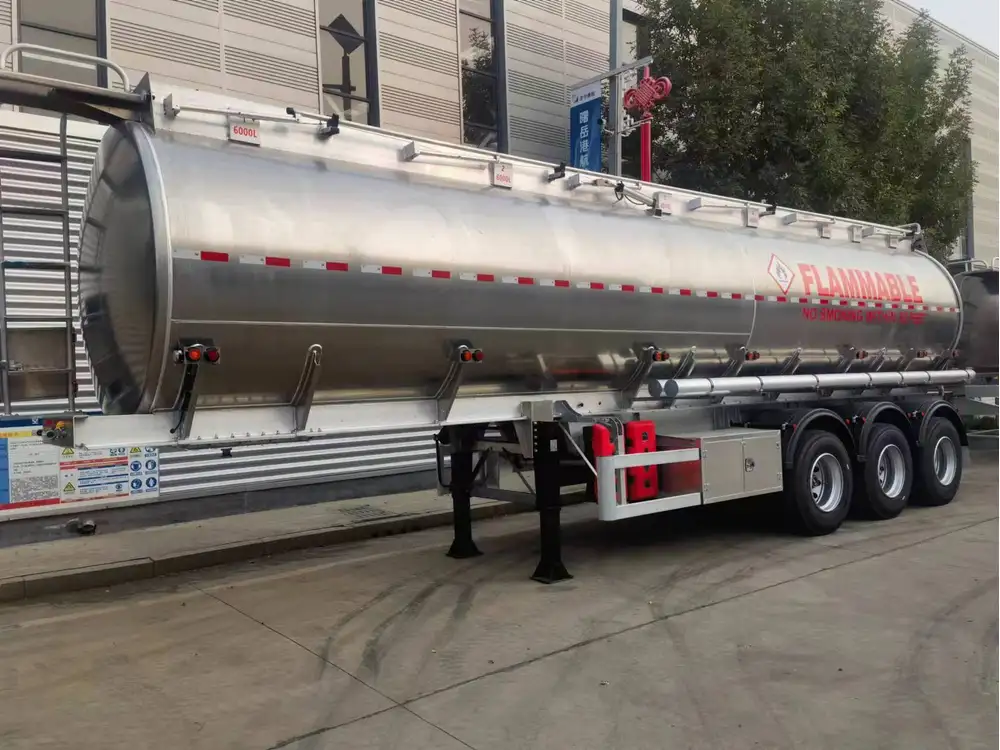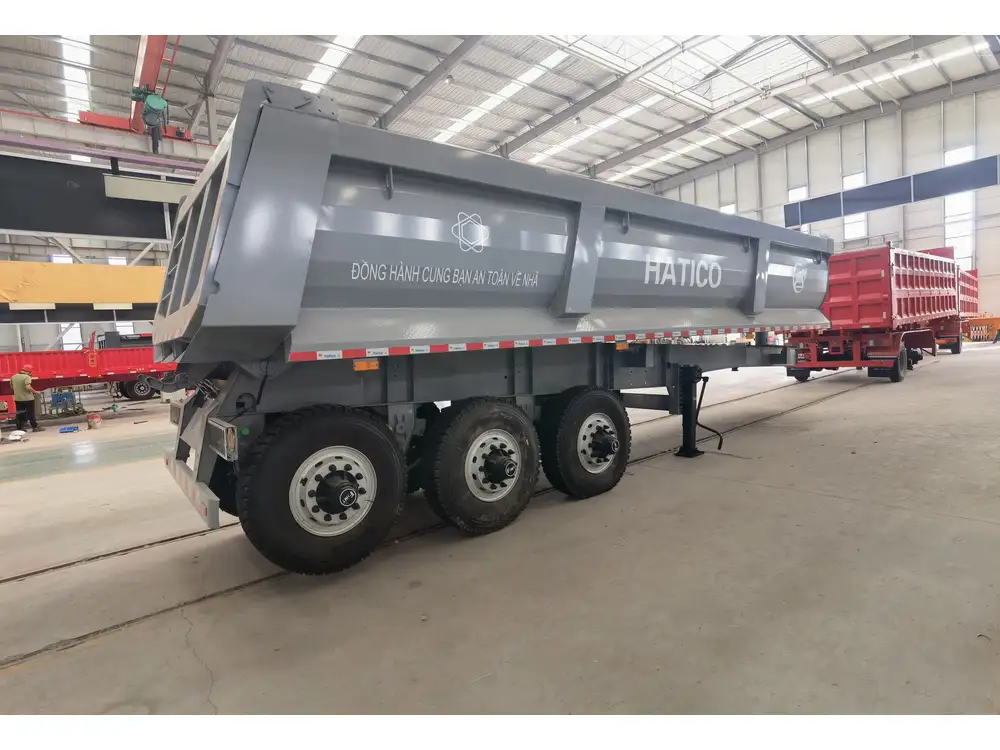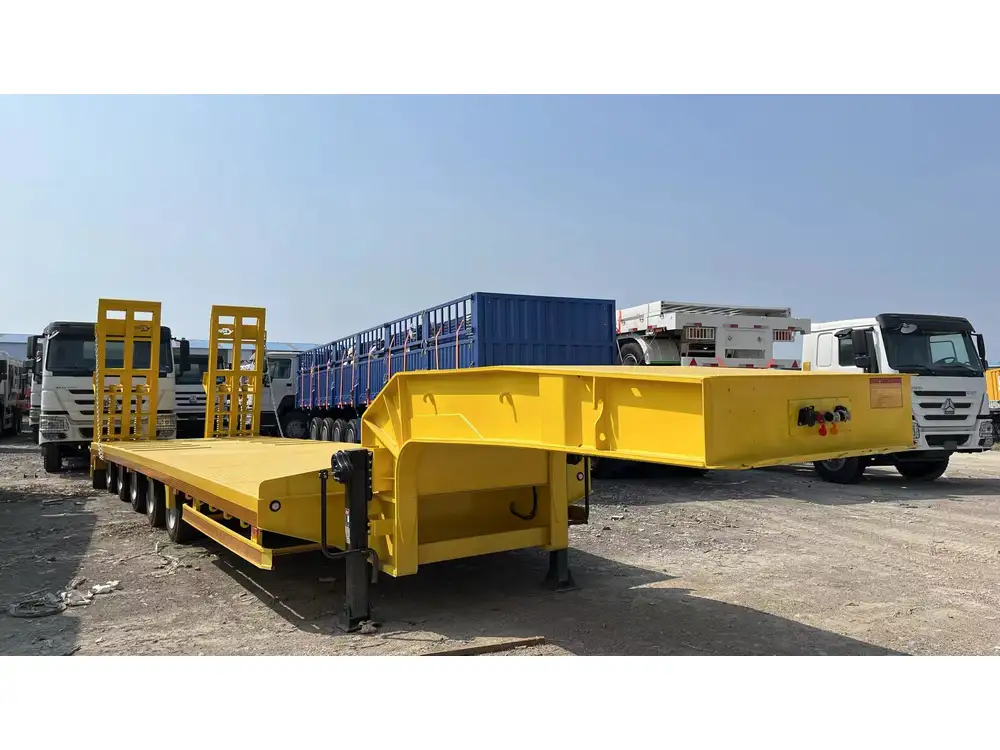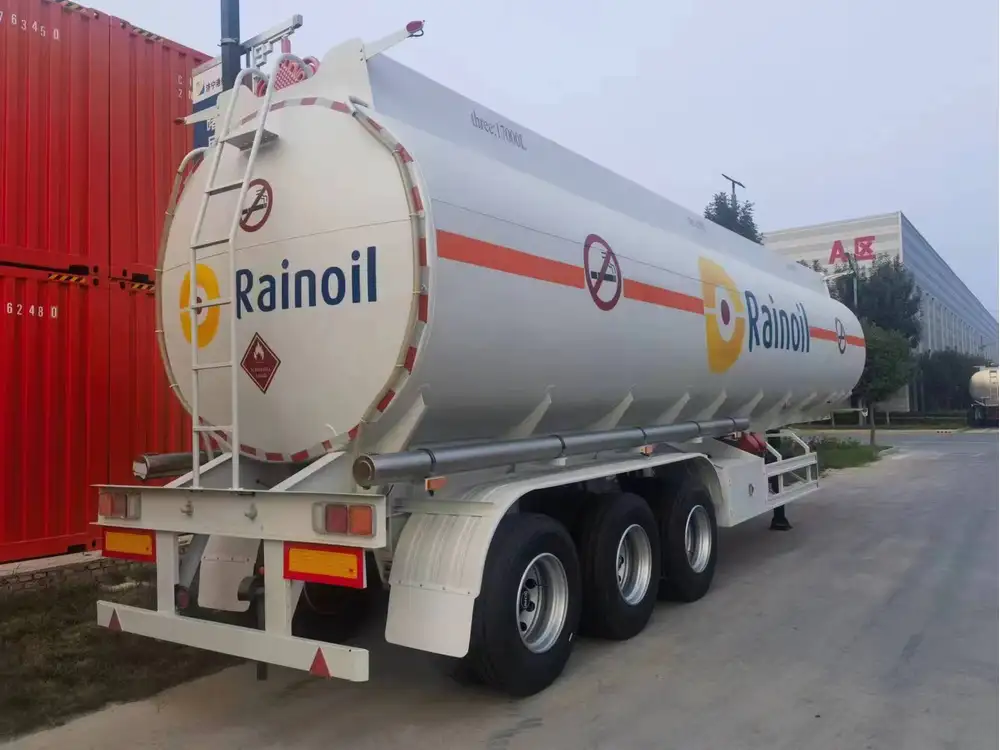Understanding the Semi-Trailer Loading Process
Loading a semi-trailer is a critical phase in the logistics and transportation industry, demanding precision, safety, and efficiency to optimize cargo space while adhering to legal weight limits. This article delves deep into the comprehensive process of logging the loading of a semi-trailer jawbone up, ensuring that you are equipped with the knowledge required to execute this task effectively.
The Importance of Proper Loading Practices
- Safety Compliance: Adhering to loading guidelines ensures compliance with safety regulations, thereby reducing the risk of accidents on the road.
- Operational Efficiency: An efficiently loaded trailer maximizes cargo space utilization and minimizes fuel consumption, thus optimizing operational costs.
- Accurate Tracking: Proper logging of loading activities allows for better inventory management and tracking, which is crucial for logistics operations.

Key Components of Semi-Trailer Loading
1. Understanding Jawbone Loading Mechanism
The jawbone loading mechanism is a critical component in securing cargo within a semi-trailer. It functions by:
- Integration with Load Distribution Systems: Ensuring that cargo weight is evenly distributed across the trailer, which is essential for vehicle stability during transit.
- Utilization of Load Binders: Keeping the cargo tightly secured to prevent shifting, which could lead to damage or accidents.
2. Load Weight Considerations
Before initiating the loading process, it’s vital to determine the total weight limitations for your specific semi-trailer. Various factors should be evaluated:
| Factor | Description |
|---|---|
| Gross Vehicle Weight Rating (GVWR) | The maximum weight your vehicle can safely carry, including its own weight. |
| Axle Weight Limits | Specific weight restrictions for each axle, often regulated for legal compliance. |
| Cargo Type | Different types of cargo may have different loading requirements and weight distributions. |

3. Choosing the Right Equipment and Tools
A successful loading procedure is heavily reliant on the right equipment. Essential tools include:
- Forklifts: For lifting heavy loads onto the trailer.
- Pallet Jacks: Ideal for moving pallets of goods.
- Cargo Straps and Binders: Essential for securing the load.
- Loading Ramps: Facilitates smooth and safe loading of vehicles and machinery.
4. Preparing the Semi-Trailer
Preparation of the semi-trailer is crucial before commencing the loading process. Steps involved include:
- Inspecting the Trailers: Regular inspections allow for identification of any damage or defects that could affect the loading process.
- Cleaning the Interior: A clean loading area is essential to ensure that cargo can be securely fastened.
- Checking Load Locks: Ensuring that load locks are in good condition can prevent potential cargo shifts during transit.
Steps to Log Loading a Semi-Trailer

Step 1: Plan and Prepare the Load
Proper planning involves assessing the load type and weight. This enables you to determine the sequence of loading and the arrangement within the trailer.
- Weight Distribution: Load heavier items towards the front and distribute weight evenly across the trailer.
- Securing Load: Plan how you will use straps or ties to secure the load effectively.
Step 2: Execution of Loading
During the actual loading process, you need to consider:
- Positioning of Trailers: Ensure that the semi-trailer is parked on stable ground to prevent any tilting during loading.
- Utilizing Equipment Safely: Operate loading equipment with caution, following manufacturer guidelines to avoid accidents.
Step 3: Logging the Load Data
Accurate logging is crucial for maintaining inventory records and ensuring transparency in operations. Key log entries should include:
- Date and Time of Loading
- Type of Cargo Loaded
- Weight of the Cargo
- Loader Operator Name
- Vehicle Identification Number (VIN) and Trailer Number
To facilitate logging, consider maintaining a standardized form or digital application that captures all pertinent data efficiently. This increases reliable data storage and can aid in audits.

Step 4: Post-Loading Inspection
Once loading is complete, invoke a thorough inspection regimen:
- Verify Securement: Check all cargo for security to prevent movement while traveling.
- Documentation Check: Ensure that all logs and documents reflect accurate details of the loading process.
Step 5: Maintaining Records
Finally, keeping detailed records of loading practices is essential for future reference and compliance. You should:
- Digitize Records: Utilizing inventory management software can track loading history across different trailers and loads.
- Regular Review: Periodically review your logs to assess efficiency and identify potential areas of improvement.
Best Practices for Loading a Semi-Trailer
To ensure consistent excellence in loading operations, consider the following best practices:
- Training Personnel: Regular training for all involved personnel on proper loading techniques and safety measures.
- Utilizing Technology: Implement tracking software and technologies that ease the logging process. Digital solutions can include mobile applications specifically designed to assist with load management.
- Conducting Audits: Regular audits of logs and loading practices with feedback systems to promote ongoing learning and improvement.

Common Challenges and Solutions in Loading Operations
While loading a semi-trailer appears straightforward, several common challenges can arise. Understanding these challenges and their solutions can further optimize your loading operations.
Challenge 1: Weight Imbalance
An improper weight distribution can lead to poor vehicle handling, potential fines, and safety issues.
Solution:
- Utilize load calculators to determine the appropriate load configuration before transportation.
Challenge 2: Cargo Shift During Transit
Shifting cargo can lead to severe road hazards.
Solution:
- Employ additional securing mechanisms such as intervening dunnage blocks between different cargo types.

Challenge 3: Inaccurate Logs
Inaccuracies in logs can lead to inventory discrepancies and compliance issues.
Solution:
- Implement a digital logging system that automatically records essential information, reducing human error.
Conclusion: Mastering Semi-Trailer Loading Operations
In conclusion, mastering the process of logging loading a semi-trailer jawbone up requires comprehensive knowledge of loading mechanisms, weight considerations, best practices, and the utilization of technology. By adhering to the discussed methods, you can enhance your loading operations, ensuring safety, efficiency, and compliance. Whether managing a fleet or operating a single semi-trailer, the emphasis on proper training, systematic logging, and a focus on continual improvement can yield significant benefits for all involved in the transportation industry. Employing these techniques not only streamlines operations but also fosters a culture of safety and accountability within your organization.



